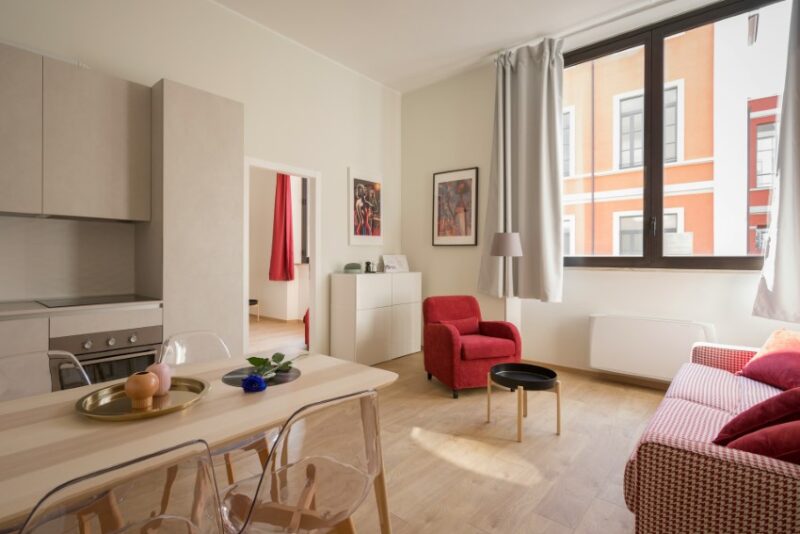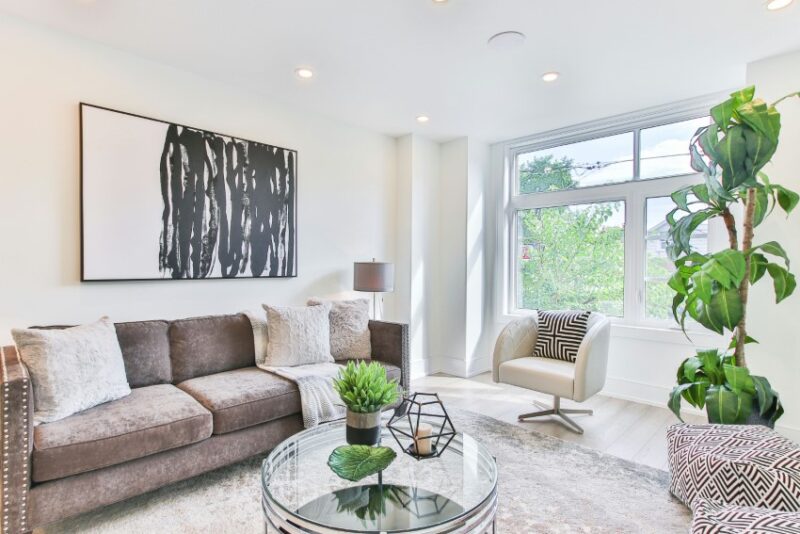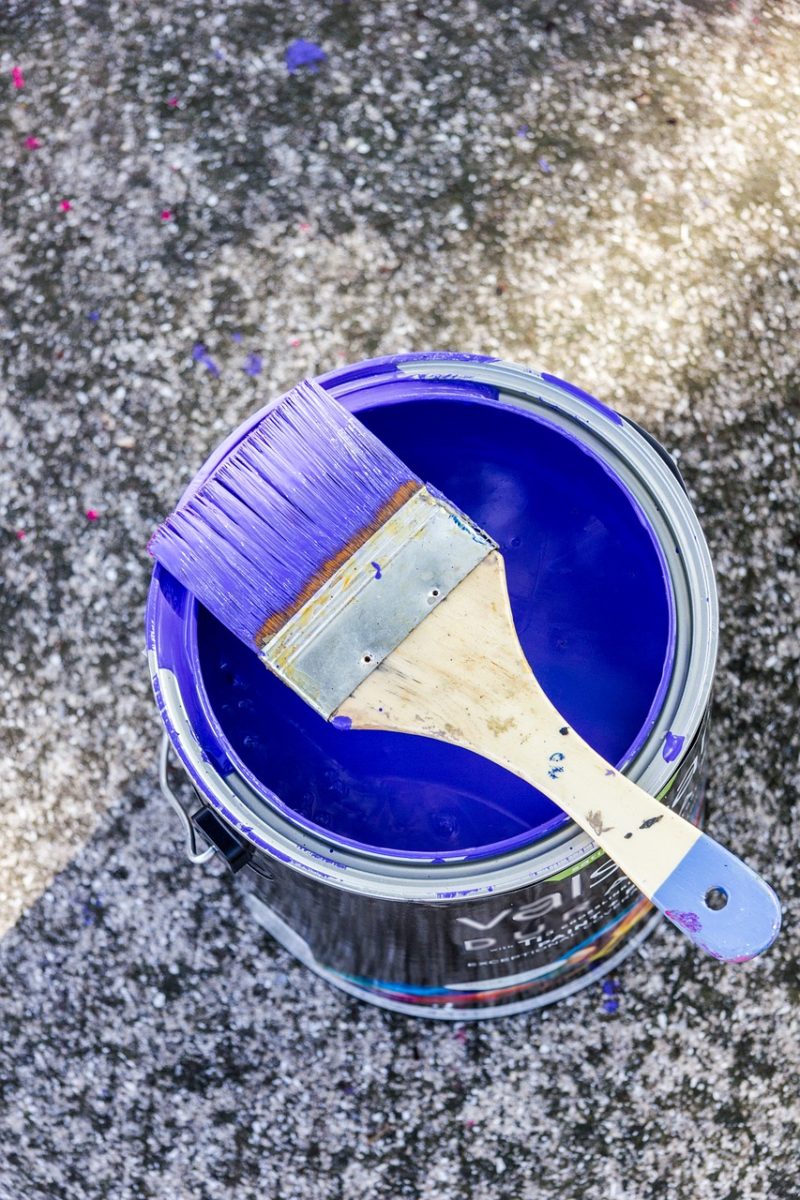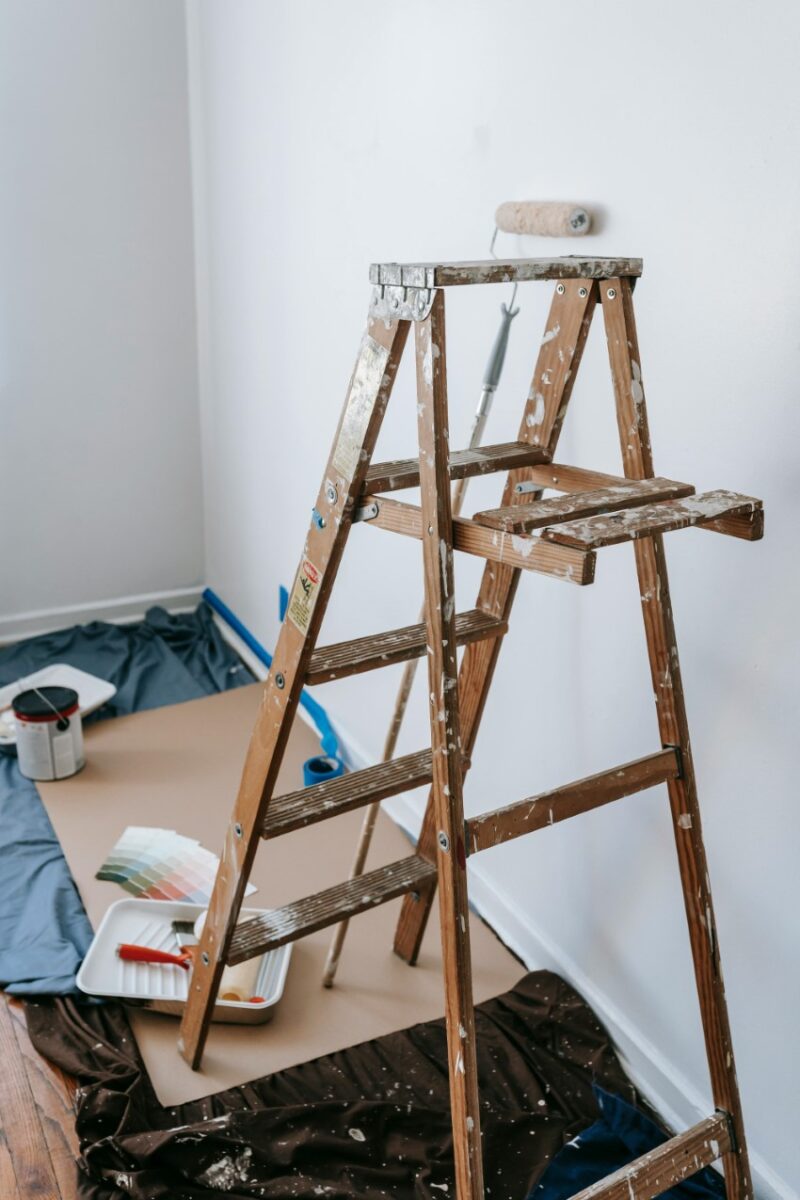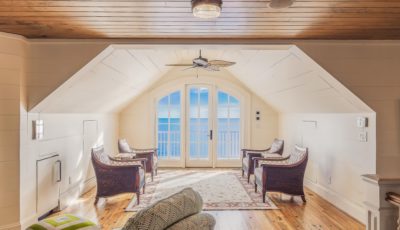How to Create a Cohesive Color Palette Throughout Your Home
Creating a cohesive color palette for your home is more art than science, blending personal tastes with design principles to achieve harmony and balance. Whether you’re a seasoned interior design lover, a DIY enthusiast, or a homeowner looking to refresh your space, these steps will guide you in creating a unified look that flows seamlessly from room to room!
Understand Color Theory
Before you start choosing colors, a basic understanding of color theory can significantly aid your decision-making process. Familiarize yourself with the color wheel, primary colors (red, blue, yellow), secondary colors (created by mixing two primaries), and tertiary colors (made from primary and secondary colors). Consider how colors relate to each other, such as complementary or analogous schemes, to create balance and harmony.

Choose Your Base Color
Start with selecting a base color, which will serve as the foundation of your palette. This is typically a neutral shade that works well in large areas and can easily connect with more vibrant colors used in accents or furniture. Think whites, beiges, grays, or soft pastels that reflect your overall desired aesthetic.
Determine Your Color Scheme
Deciding on a color scheme is crucial to creating a cohesive look. Do you lean towards a monochromatic scheme that uses different shades and tints of a single color, or do you prefer a more dynamic contrast with a complementary scheme? Maybe an analogous color scheme with colors next to each other on the wheel feels right. Your choice will set the mood and atmosphere of your home.
Use the 60-30-10 Rule
A tried-and-true method in design, the 60-30-10 rule helps create a balanced color distribution. Sixty percent of a room should be the dominant base color (walls, large accent pieces), thirty percent a secondary color (upholstery, rugs), and ten percent an accent color (accessories, artwork). This ratio ensures depth and variety without overwhelming the senses.
Create Flow With Accent Colors
To achieve cohesiveness throughout your home, carry one or two colors from one room into the next. These can be your accent colors found in artwork, pillows, throws, or decorative objects. This doesn’t mean every room should look the same, but rather that there’s a clear visual connection between spaces.
Consider Natural and Artificial Light
Lighting dramatically affects how colors appear in your home. Natural light can change the appearance of colors at different times of the day, while artificial light can enhance or mute them. Test your chosen colors in the specific lighting of your rooms to ensure they achieve the desired effect throughout the day.
Sample Your Colors
Before committing to your palette, purchase samples of your chosen colors and paint large swatches on your walls. Observe these samples over a few days, noticing how they change with light and how they complement each other. This step can prevent potential disappointment and ensure you’re pleased with the final look.
Prep Before Painting
For a smooth paint finish, ensure your walls are clean, sanded, and primed before you begin. Use high-quality rollers and brushes to evenly apply the paint in sections and use a ‘W’ or ‘V’ pattern for best coverage. If you want to achieve a flawless finish, you can consider employing interior painting services. Professionals like Atlanta Painting Company can ensure smooth, even application, and their expertise can be invaluable in avoiding common paint pitfalls.
Creating a cohesive color palette for your home is a rewarding process that enhances the overall aesthetic and feel of your living space. By understanding color theory, choosing a thoughtful color scheme, and considering the flow of color from room to room, you can create a harmonious home that reflects your personal style. Remember, while it’s important to follow design principles, the best color palette is one that makes you happy and comfortable!




